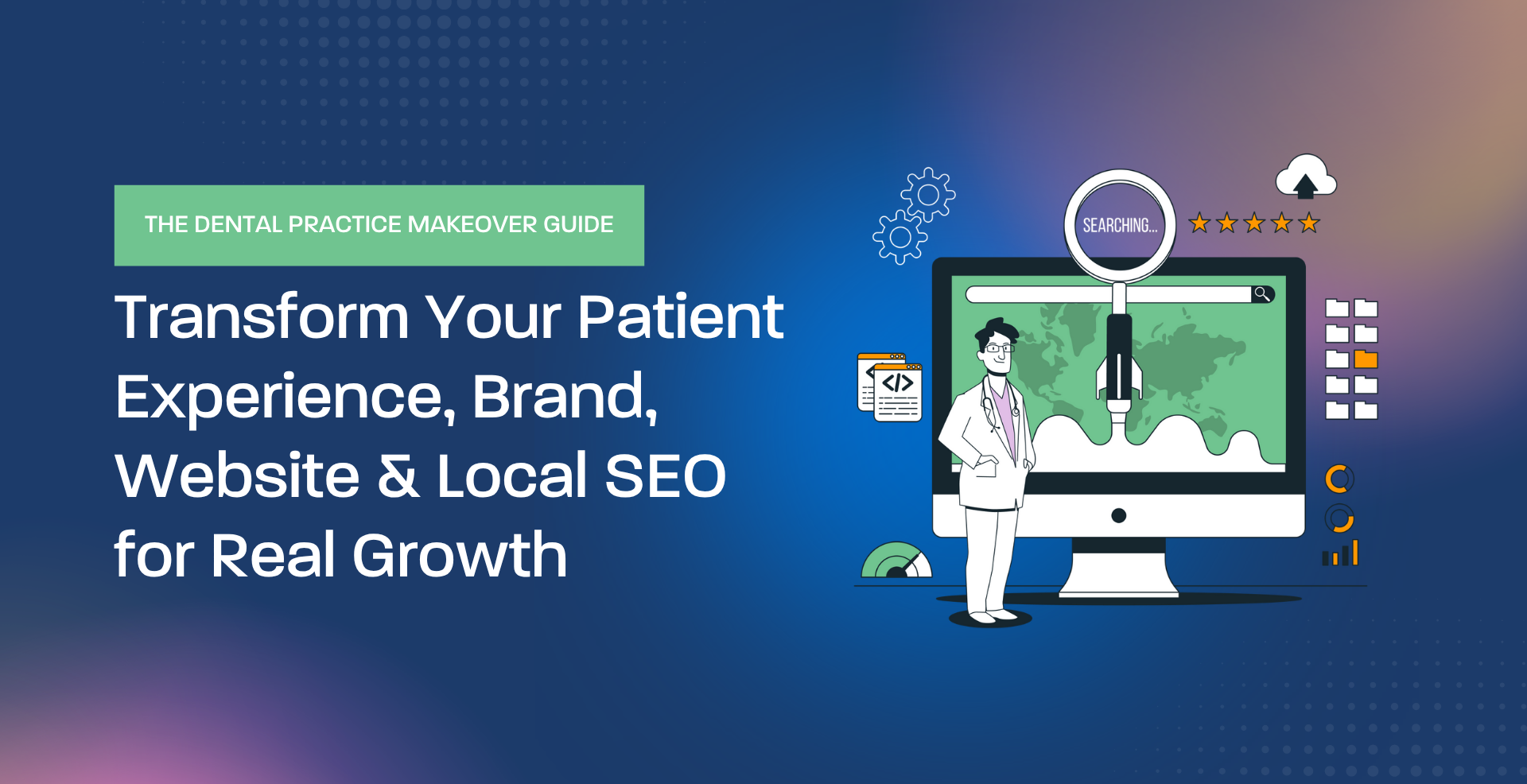What makes marketing efforts truly effective?
Data-driven marketing is the key. When you’re armed with insights from your target audience, you can tailor your approach to resonate with them and drive meaningful engagement. But what does it really mean to be “data-driven“?
It’s not just about collecting numbers and metrics; it’s about using those insights to inform every stage of the marketing process, from strategy development to campaign execution. Imagine being able to pinpoint exactly which ads are driving conversions, which social media platforms are yielding the most engagement, and which customer segments need targeted messaging.
By unlocking sustainable growth through data-driven marketing, you can optimize your efforts for maximum ROI and make data-informed decisions that drive real results. But how do you get started? With team GFG let us explore the essential strategies and techniques for mastering growth marketing and growth loops, including how to leverage data visualization tools, build predictive models, and create a culture of experimentation within your organization. If you’re ready to transform your approach to marketing and unlock the full potential of your business, then keep reading.
Understanding Growth Loops and Their Components
The Importance of Identifying Key Components
Growth loops are the foundation for success in any area of life, whether it’s personal or professional growth.
It’s essential to identify the key components that make up a growth loop because they lay the groundwork for expansion. Without these crucial elements, your efforts might not yield the desired results.
A clear goal is one of the primary components needed in a growth loop. Having a specific target in mind helps you stay focused and motivated.
For instance, if you want to improve your public speaking skills, having a goal like “I want to deliver a 10-minute presentation without notes” will give you direction as you work on building confidence and practicing in front of others.
Another crucial component is consistent action. You need to put in the effort required to achieve your goals.
Let’s say you’re trying to build a new habit, like exercising three times a week. Consistently showing up for those workouts will help solidify this routine and make it easier over time.
Feedback is essential in growth loops as well. It allows you to assess your progress, identify areas that need improvement, and adjust your strategy accordingly.
For instance, if you’re trying to improve your writing skills through online courses or books, reading feedback from instructors or peers will help you pinpoint specific areas for improvement.
By identifying these key components – clear goals, consistent action, and feedback – you’ll be able to build a strong foundation for growth. This groundwork is necessary for expansion and achieving success in whatever area you’re focusing on.
Loop Structure and Elements
Let’s break down the concept of growth loops and their components.
A growth loop is a process that helps you improve or learn something. It has three main elements: a trigger, an action, and a feedback loop.
For instance, when you’re trying to get better at playing tennis, the trigger could be your coach telling you to work on your serve. The action is then taking practice shots with someone or using online resources to improve your technique. Finally, the feedback comes from tracking your progress and getting feedback from others.
The key thing about growth loops is that they create a continuous cycle of improvement.
For example, let’s say you’re trying to learn a new language through an app. You start with a trigger (opening the app), take an action (doing a few exercises each day), and get feedback in the form of correct or incorrect answers. Growth loops are essential for personal growth because they allow us to refine our skills, adapt to change, and gain confidence as we improve.
Defining the Core Elements Of A Growth Loop: Breaking Down The Process
Growth loops are a way to achieve progress and success by creating a cycle that reinforces itself. To understand how this works, let’s break down the core elements.
- The first main component is the trigger. This is what sets off the growth loop in motion. For example, if you’re trying to build muscle, your trigger might be going to the gym for a workout.
- The second key element is taking action based on that trigger. What specific steps do you take after being triggered? Going through with your weightlifting routine at the gym.
- A growth loop isn’t complete without some kind of feedback or measurement. This helps you understand if what you’re doing is working. Measuring progress by tracking changes in body composition and taking progress photos.
- Lastly, there needs to be an adjustment made based on that feedback. Are you making adjustments to your workout routine?
When we combine these elements – trigger, action, measurement, and adjustment – a growth loop is born. (AFRESH!) This cycle helps us create momentum towards our goals by continuously refining and improving over time.
In the muscle-building example, going to the gym sets off the process (trigger), doing your workout routine takes action, tracking progress measures feedback, and adjusting your diet or workout plan based on that feedback adjusts for future growth loops.
Implementing Data-Driven Approaches for Scalable Growth
Measuring Performance with Key Metrics and Indicators
To implement data-driven approaches for scalable growth, we need to measure performance using key metrics and indicators that accurately reflect our goals.
The first step is to identify the most important Key Performance Indicators (KPIs) that align with your business objectives. This could be revenue growth, customer acquisition rates, or return on investment (ROI).
For example, if you’re an e-commerce company focused on increasing sales, your KPI might be average order value (AOV). If you’re a startup looking to expand into new markets, it might be the number of new customers acquired within a certain timeframe.
Another crucial aspect is tracking and analyzing these metrics regularly. This can help identify trends, areas for improvement, and optimize decision-making processes.
For instance, if you notice that your AOV has been decreasing over time, it might indicate that customers are abandoning their carts at the payment stage due to lengthy checkout processes or complex product options. You could then work on streamlining your checkout process or simplifying product information to boost conversions.
By measuring performance using key metrics and indicators, you’ll be able to make data-driven decisions that drive growth, optimize resources, and scale your business effectively over time.
Iterative Experimentation for Continuous Improvement:-
When you want to achieve scalable growth, implementing data-driven approaches is crucial. It allows for continuous improvement and helps make informed decisions.
Iterative experimentation plays a vital role in this process. By testing new ideas or strategies, you can quickly identify what works best.
For instance, if your website has multiple versions of the same landing page, testing different headlines or images on each version will help determine which one drives more conversions.
Continuous learning and feedback loop is key to success in this approach. As you test new strategies and collect data from these tests, it enables further refinement of your experiment ideas.
When collecting feedback through surveys or email campaigns, for example, you can refine the targeting of your marketing messages based on what works best with specific segments of users.
By combining iterative experimentation and continuous learning in a data-driven approach, you will be able to continually improve and adapt to new opportunities that arise.
Scaling Success through Automation and Optimization Techniques
So you want to grow your business at scale? Let me walk you through how automation and optimization techniques can help.
- Start by automating repetitive tasks that take up too much of your time. You know, stuff like scheduling social media posts or sending follow-up emails to leads. For instance, tools like Hootsuite allow you to schedule social media updates in advance. And email automation platforms like Mailchimp can help you send personalized messages to your audience without lifting a finger.
- Next up: optimize your workflows for maximum efficiency. Identify bottlenecks and streamline processes wherever possible. For example, if you’re sending the same sales pitch over and over again, consider creating a template or using an email automation tool to save time. You can also use project management software like Asana or Trello to visualize your workflows and identify areas for improvement.
- By automating tasks and optimizing workflows, you’ll free up more of your time to focus on high-leverage activities – like building relationships with customers, developing new products or services, or exploring new markets. And that’s how data-driven approaches can help drive scalable growth in the long run!
Mastering the Art of Growth Marketing and Sustaining Success
The elusive art of growth marketing has finally been cracked!
Growth loops are the secret sauce that sets successful marketers apart from their competitors.
By mastering growth marketing and leveraging its power to create self-sustaining cycles, you can fuel continuous growth, drive innovation, and outmaneuver rivals. The sweet spot lies in balancing experimentation with data-driven decision-making, allowing you to refine your approach as you go.
As a result, expect increased customer engagement, accelerated revenue growth, and unparalleled market differentiation. The more adept you become at navigating growth loops, the better equipped you’ll be to respond to changing market conditions and capitalize on emerging opportunities.
Seize this moment to master the art of growth marketing with Geeks For Growth – go Geek Mode!






